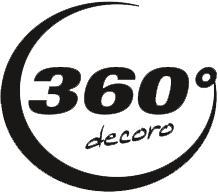Acoustically effective surfaces are essential for optimal room acoustics and user well-being. They not only improve sound quality in offices, schools, and public institutions, but also serve as stylish design elements. With the right choice of materials and creative designs—including digital printing—acoustic products can offer both functional and aesthetic benefits. Sustainable materials and consideration of life cycle costs are also key aspects when selecting acoustic solutions.
How often have you sat in a room and wondered why the sound was so unpleasant?
Acoustically effective surfaces are more than just a trend – they are a necessity in modern spaces. In this article, you’ll learn how good acoustics not only enhance sound but also promote human well-being. Be inspired by the wide range of possibilities acoustic products offer and discover how the right choice of materials and design can deliver both excellent acoustics and visual highlights.
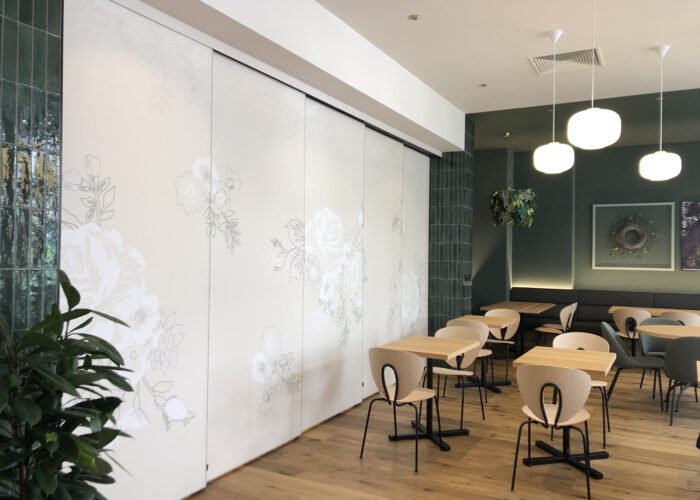
An Introduction to Acoustically Effective Surfaces
Acoustically effective surfaces are no longer just technical solutions – they have become creative elements in modern architecture and interior design. In today’s planning processes, understanding acoustics presents not only a technical challenge but also a design opportunity. These surfaces help optimize a room’s sound and create a pleasant atmosphere for its users. Functional and decorative at the same time, they elevate the overall interior aesthetic.

The Importance of Acoustics in Interior Spaces
Acoustics influence not only how a space sounds but also how people feel in it. In offices, schools, and public areas, poor acoustics can lead to stress, lack of concentration, and discomfort. For architects and interior designers, acoustic planning is essential. Thoughtful acoustic design enhances communication, improves productivity, and creates a welcoming atmosphere. People are more creative and efficient when they feel comfortable—an undeniable advantage for any project.
Material Diversity and Their Properties
The right material is crucial for achieving acoustic effectiveness. A wide range of materials—such as foams, textiles, and specialized panels—can be used for this purpose. Each has unique properties: some absorb sound excellently, others provide effective sound insulation. When planning, it’s important to consider what type of noise needs to be absorbed or reflected, in order to develop targeted solutions that meet the room’s specific requirements.
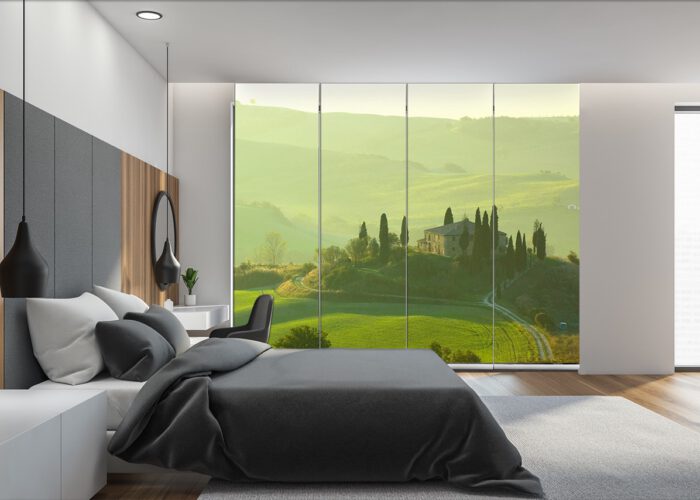
Where Acoustically Effective Surfaces Are Used
From offices to schools, acoustically effective surfaces are used in many environments. These products aren’t just technical solutions—they’re also creative tools for shaping both functional and beautiful spaces. Let’s take a closer look at how and where these acoustic marvels can be applied.
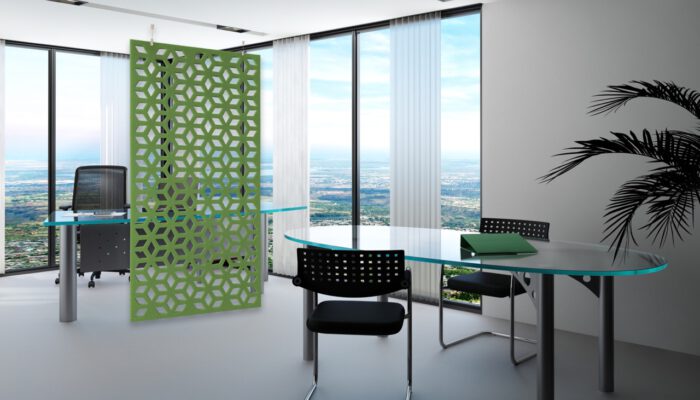
Digital Printing as a Finishing Technique
Digital printing opens new possibilities for customizing acoustic products. It enables functional elements to be transformed into creative design features that seamlessly integrate into a room’s concept. From colorful patterns to inspiring imagery—the possibilities are almost limitless. With digital printing, acoustic surfaces not only become more effective, but also more visually appealing. A simple sound absorber can be transformed into a true work of art that enhances the space while improving acoustics.
Offices and Work Environments
Acoustics are central to productivity and communication in modern office environments. Imagine working in an open-plan office, surrounded by colleagues talking, calling, and meeting. When sound bounces freely, stress levels can quickly rise. This is where acoustically effective surfaces come in—they reduce noise levels and create a calm atmosphere where everyone can focus. Acoustic solutions like wall or ceiling absorbers are true heroes in the fight against noise. They improve speech clarity in meeting rooms and transform conversations from frustrating to enjoyable. These surfaces can also be creatively designed to complement and elevate the overall office aesthetic. Who says soundproofing can’t be stylish?
Public Spaces and Educational Institutions
Public spaces need tailored acoustic solutions to ensure a pleasant experience. In schools, good acoustics are essential for learning. Poor sound in classrooms can make it harder for students to concentrate and absorb information. Acoustic panels on walls and ceilings help absorb sound and create a calm learning environment. Libraries are another space where sound matters. People want to read or study in peace—disruptive noises are the last thing they need. Acoustic products strategically placed in these environments can reduce noise and foster focus. With the right design, sound-absorbing elements can even function as artistic highlights.
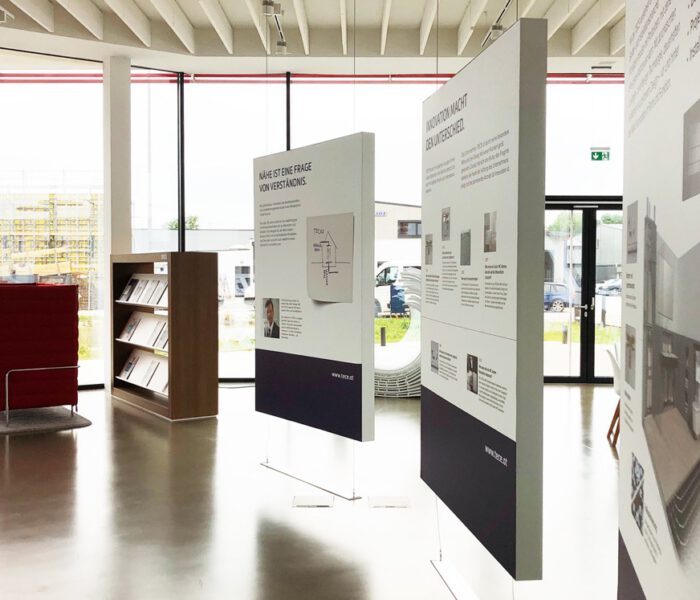
Application in Cultural Spaces
Not just schools and libraries benefit—museums, theaters, and other public venues also use acoustically effective surfaces to enhance visitor comfort and enjoyment. With premium materials and thoughtful designs, any room can become a haven. The possibilities are nearly endless—there are few spaces where acoustically effective surfaces wouldn’t make sense. Their combination of functionality and beauty makes them an indispensable part of modern architecture.
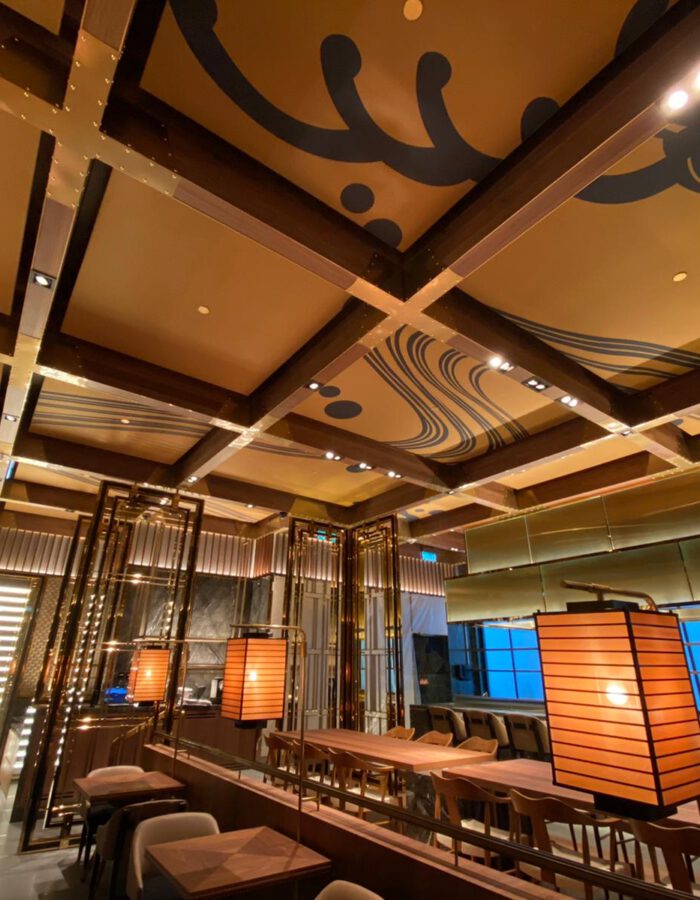
When Aesthetics Meet Functionality
Visual design has a huge impact on a room’s overall impression. Imagine walking into a space that’s not only acoustically optimized but also features stunning design. Acoustic products have evolved far beyond their practical origins—they’re now true works of art. With creative patterns, colors, and textures, they can completely transform a
room’s ambiance.
For example, a sound-absorbing wall panel with an inspiring print in a modern office can both reduce noise and act as a motivational element. It’s important that the design matches both personal taste and the room’s overall concept. This turns a simple acoustic panel into a centerpiece that sparks creativity and boosts productivity.
Acoustic surfaces can also be covered with special fabrics or materials that combine both sound-absorbing and aesthetic qualities. Textiles, for instance, offer a wide range of colors and designs that blend seamlessly into different interior styles, creating truly unique spaces—without compromising acoustic performance.
Benefits of Custom-Designed Acoustic Products
Custom-designed acoustic products deliver both functional and aesthetic value. This dual advantage is key to improving not just room acoustics but also visual impact. In a world where design and functionality must go hand in hand, acoustic surfaces set new standards.
Adaptability to Various Designs
Digital printing allows for flexible design adaptation to suit different interior concepts. This opens a world of possibilities for architects and designers—whether you’re creating a minimalist office or a vibrant classroom. Modern printing technology enables precise customization tailored to the space’s specific needs. This flexibility is especially useful in spaces like schools or public institutions, where various age groups and user needs must be considered. Digital printing also enables fast implementation of ideas, making it easy to change design directions or reflect a specific theme. Acoustic surfaces become a dynamic tool in your
design toolbox.
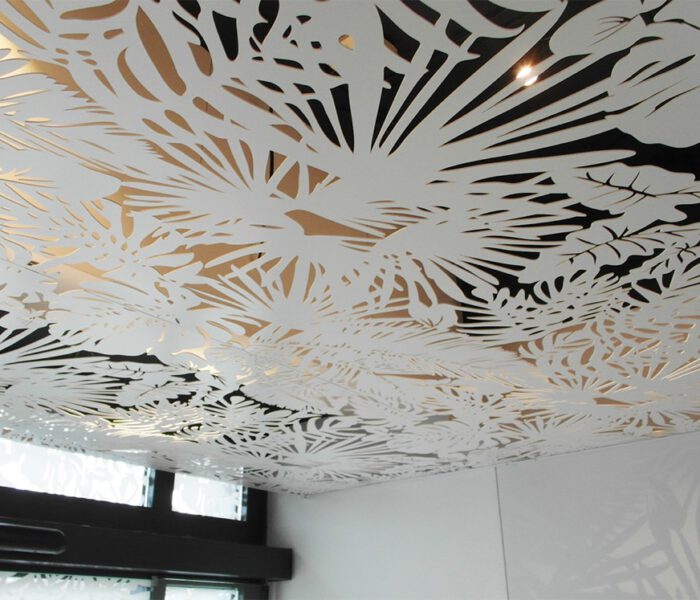
Choosing the Right Partner for Acoustic Solutions
Selecting the right manufacturer is critical to project success. Not all acoustic products are equal, and a reliable partner can make the difference between an average space and an acoustically optimized masterpiece.
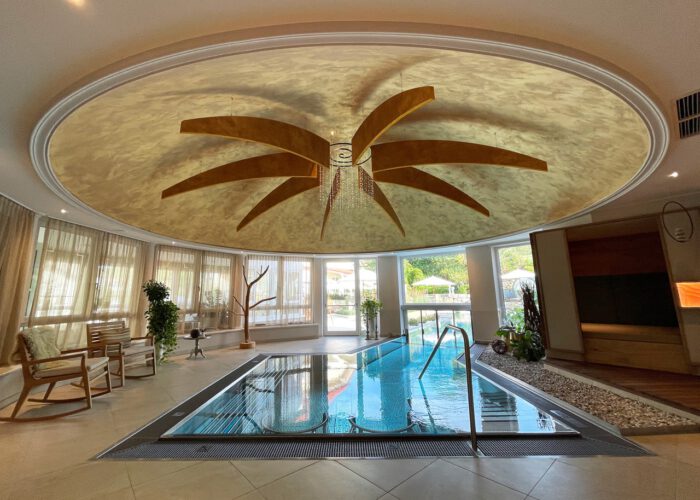
Quality Criteria for Acoustic Products
Quality is essential for long-term acoustic performance. Check absorption ratings and ensure the products meet DIN or similar standards. Materials should be both sound-effective and durable—whether foam, fabric, or panels. Also consider installation needs (wall, ceiling, moisture resistance).
Precise manufacturing is vital. Well-made products last longer and require less maintenance—saving time and effort in the long run.
Expert Support
Partnering with experienced experts can streamline planning and implementation. Look for manufacturers that offer consulting, training, and support in integrating acoustic solutions into your project. A good partner will not only deliver the products but also help you make the most of them creatively and functionally.
Considering Life Cycle Costs
Beyond initial cost, think long-term: maintenance, durability, recyclability. High-quality products typically last longer and require less upkeep, offering better value over time. Choose partners who are transparent about the life cycle impacts of their products and prioritize sustainable practices.
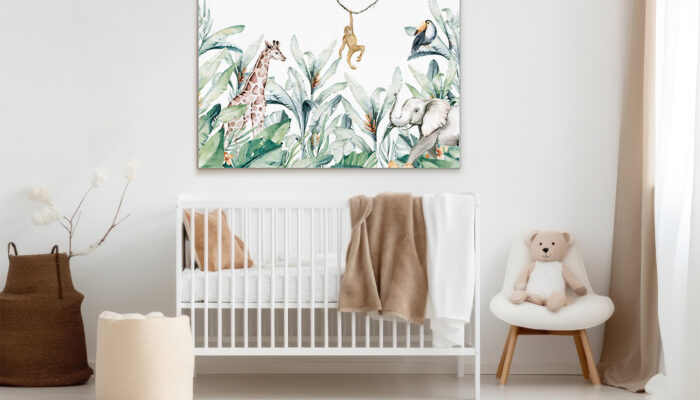
Conclusion: The Future of Acoustically Effective Surfaces
Acoustically effective surfaces are shaping the future of architecture—not just as functional tools, but as powerful design elements. They are the hidden champions turning everyday rooms into acoustic masterpieces that foster creativity, productivity, and well-being.
By combining high-quality materials with digital design and sustainable principles, these surfaces offer both performance and beauty. Choosing the right partner ensures your project benefits from expertise, innovation, and impact.
In a world where wellness and environmental responsibility are key, acoustically effective surfaces are not a luxury—they are a necessity. Let’s create spaces that sound as good as they look
